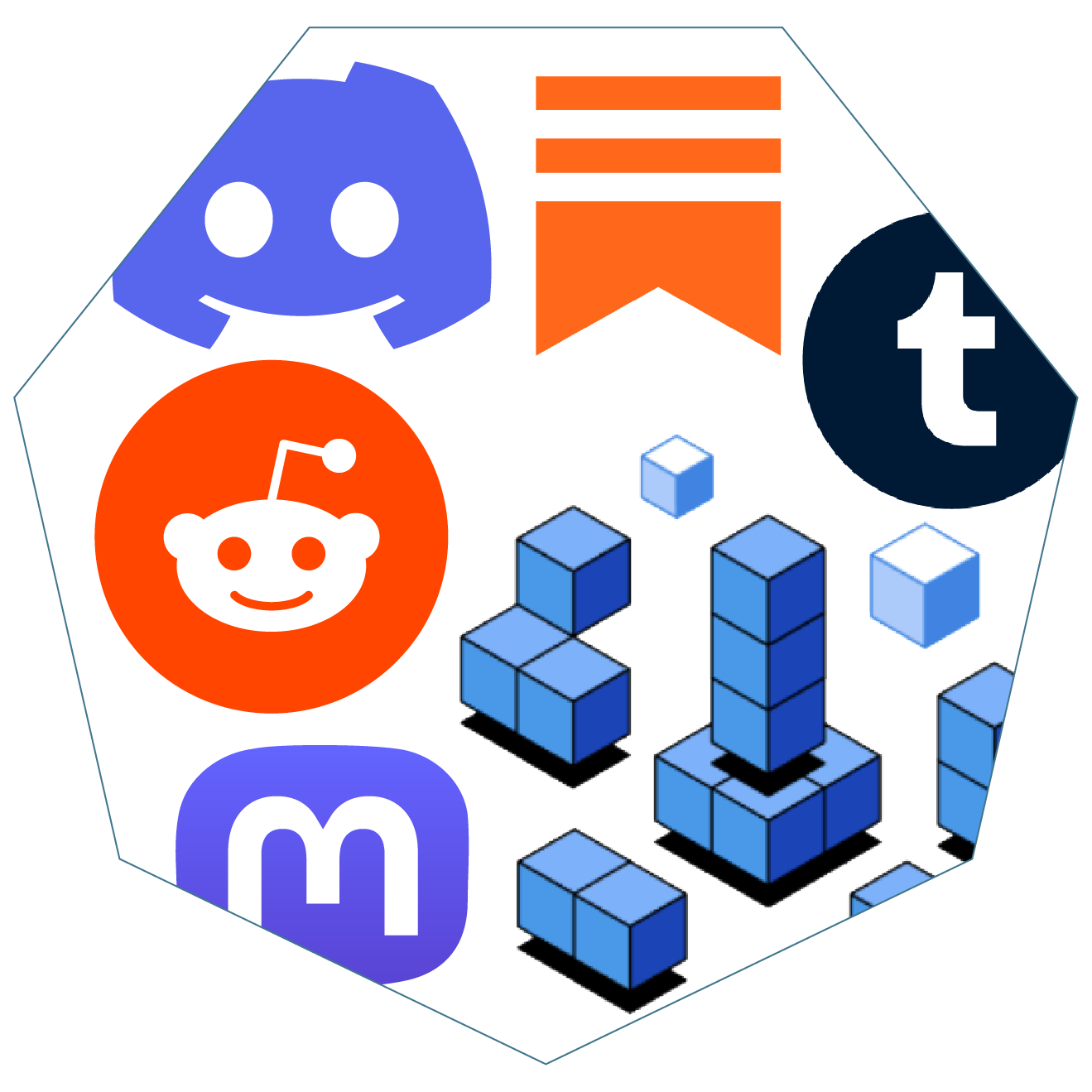Building Personas in the Age of Micro-Communities
Doug Miller#Digital Marketing, #Inbound Marketing, #Community

Dive a bit deeper into the community identification process and the value it can have in developing personas and content strategies.
In this series, we examine the role that community plays in the content marketing process. In particular, we talk about Diagram's unique, community-centric take on the inbound methodology. Join us over the coming weeks as we explore the phrase:
“Ask not what your content can do for you, but what you - through your content - can do for your community.” Tweet this!
In our last community-related post, we discussed our new maxim for content marketing success, captured above, and inspired by a familiar phrase from history. This time, we’d like to dive a bit deeper into the community identification process and the value it can have in developing content strategies while deploying tactical content solutions to support those strategic goals.
The way we group ourselves together has - like so many of the “the old ways” - been disrupted by the advance into the digital frontier. What used to include a limited number of ways we categorize ourselves or self-identify as groups has exploded into a universe of micro-communities.
What is a Micro-Community Anyway?
Put simply, a micro-community can be anything around which groups of human individuals gather, digitally or otherwise. Before advances in digital technology, there were a limited number of things at the center of what we would call “communities,” most of which were not very useful for general marketing purposes, like family name, regional identity, and religious or political affiliation. These eventually merged with technology to become the so-called “social graph.” This graph - in a digital context - is a network of connections powered by the people you know and interact with in real life and online.
 The power of modern digital communication has provided an increase to the number of connections that an individual can have, as well as an increase in the number of things that can be at the center of those connections.
The power of modern digital communication has provided an increase to the number of connections that an individual can have, as well as an increase in the number of things that can be at the center of those connections.
"In the new digital world, communities are forming and disbanding in real-time around interests, problems, issues, shared experience, and more." - >Tweet this!
This has loosely been referred to as the “interest graph” and is distinctive from the more traditionally formed “social graph.”
A digital artifact may be at the center of a micro-community that quickly emerges around it as that artifact is digitally passed from person to person and commented on in digital contexts on various platforms. Individuals might also come together to form a micro-community of shared interest around an event using a hashtag and then disperse as a community immediately after the event concludes. Where previously the density of niche or hyper-specific interests might not have reached the capacity to support community. For example, developing community around being a professional underwater basket-weaver might be hard in your neighborhood, but modern digital technology enables that micro-community to exist.
All this makes traditional modes for creating and identifying archetypes within your customer base potentially more difficult, which in turn makes for difficulties in predicting and planning content that adds value. Traditional modes of persona creation involve use of standard demographic data and often require organizations to infer far too much about the individuals they serve, forcing organizations to paint in broader strokes and to profile in reductionist categories from lack of variation in the data. Increasingly, these efforts are no longer useful for providing relevant, timely content to your targeted communities. It makes it harder for your content to drive attention and action.
People today belong to a million “micro-communities” instead of larger, more common demographic groups (due to greater freedom for self-identification along the “interest graph” and advances in the speed and reach of communication technology.) How do organizations understand these micro-communities? What role must they play in our marketing efforts?
Diagram’s Intelligent Inbound community-centric approach enables that process to be more granular and provide more detail in the way that those micro-communities can be served. How do we compensate and change the way we build personas and plan content? By mapping out the micro-communities that are most relevant to your organization and determining what is of most value to them, this is possible. Once you have mapped out your micro-communities, it is possible to map their experience along a continuum from awareness to consideration to decision and to discover content that moves them into action along this spectrum because it speaks to their specific interests and problems. Doing so sets your content (and use of your personas in creating it) up for greater potential for success and allows you to cut through the noise to drive attention and action.
Interested in getting some help going through a community-identification process? Let us know!
Subscribe and don’t miss out on any of these community-specific posts.
Related Posts

Alternatives to Twitter
We have identified some potential alternatives to Twitter that we believe are useful for marketers to spread their message and brand.

3 Reasons Your Business Needs to Focus on Customer Experience
While there are many reasons why companies should focus on customer experience, here are three timely reasons that should be top of mind for any marketer.
Results Matter.
We design creative digital solutions that grow your business, strengthen your brand and engage your audience. Our team blends creativity with insights, analytics and technology to deliver beauty, function, accessibility and most of all, ROI. Do you have a project you want to discuss?
Like what you read?
Subscribe to our blog "Diagram Views" for the latest trends in web design, inbound marketing and mobile strategy.


